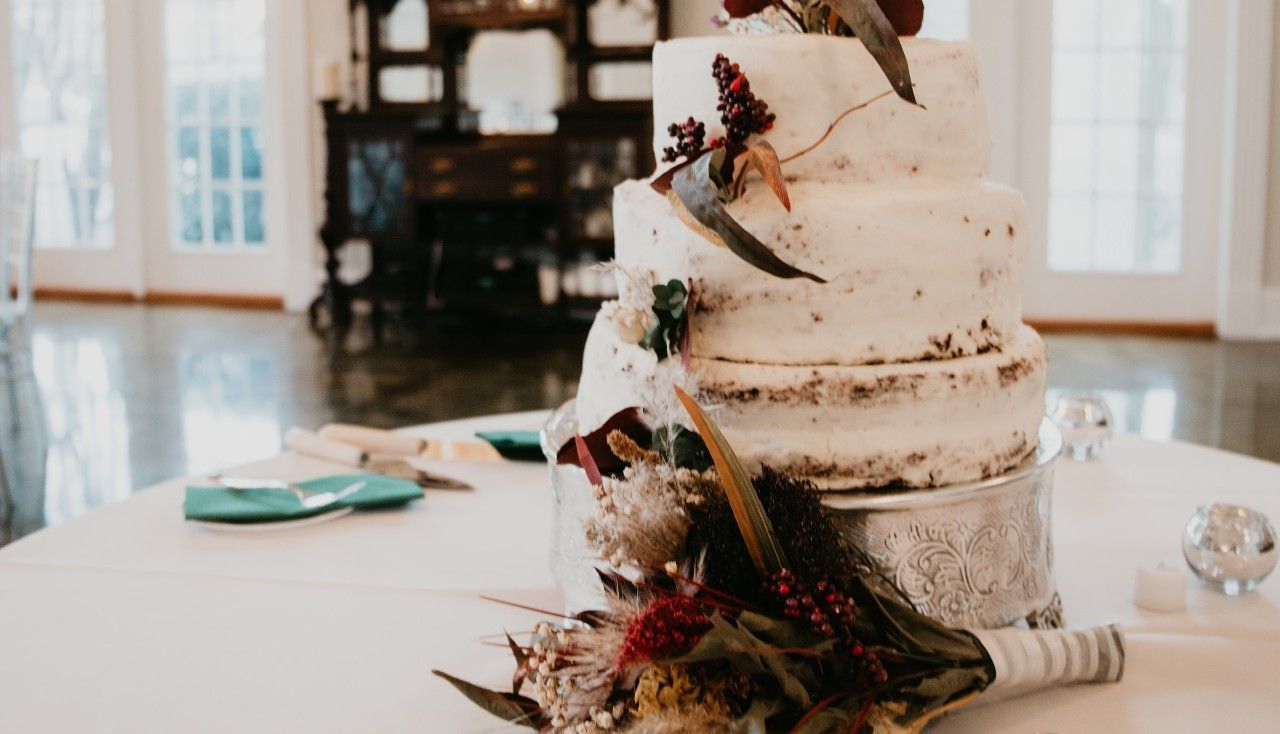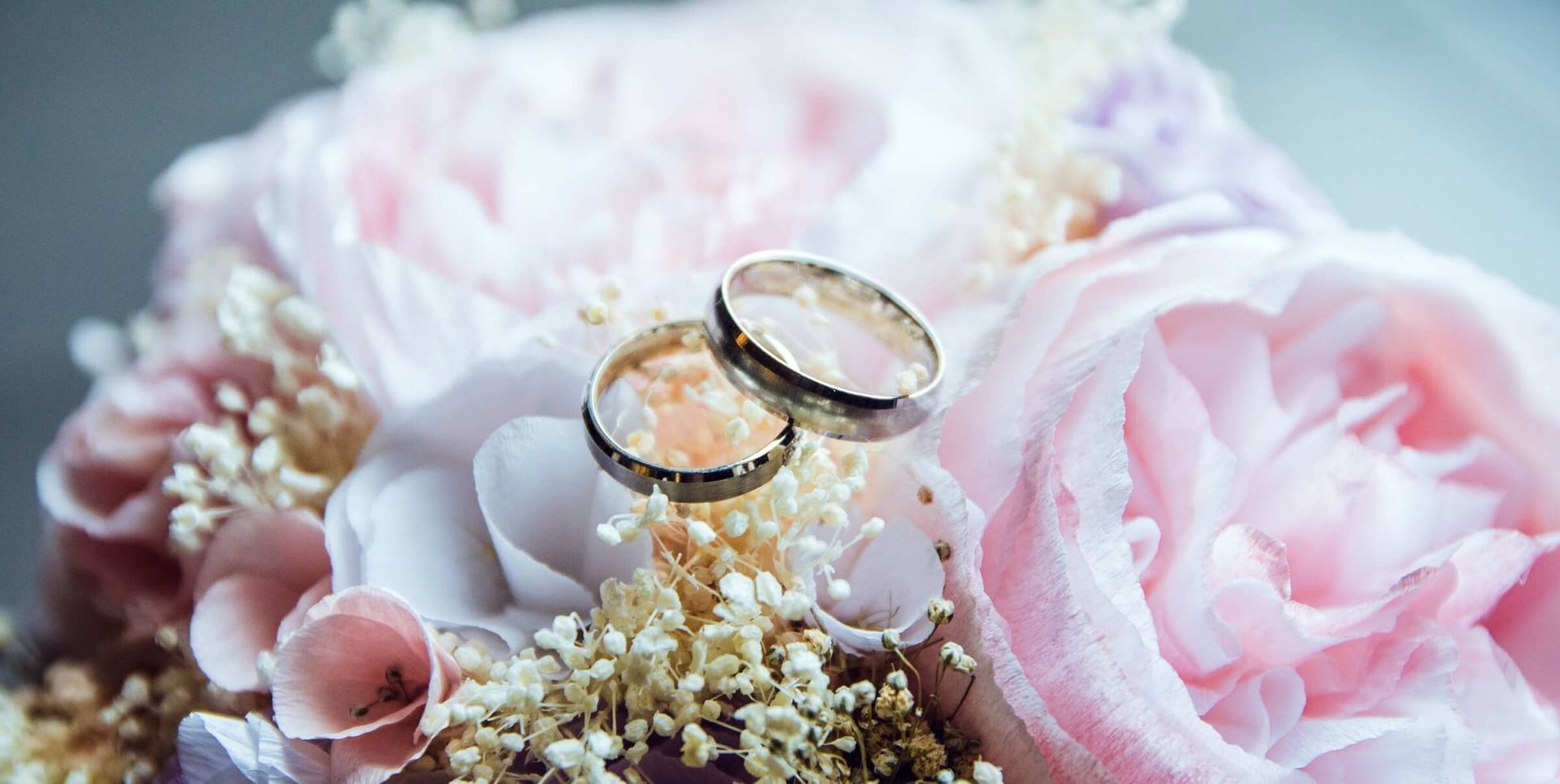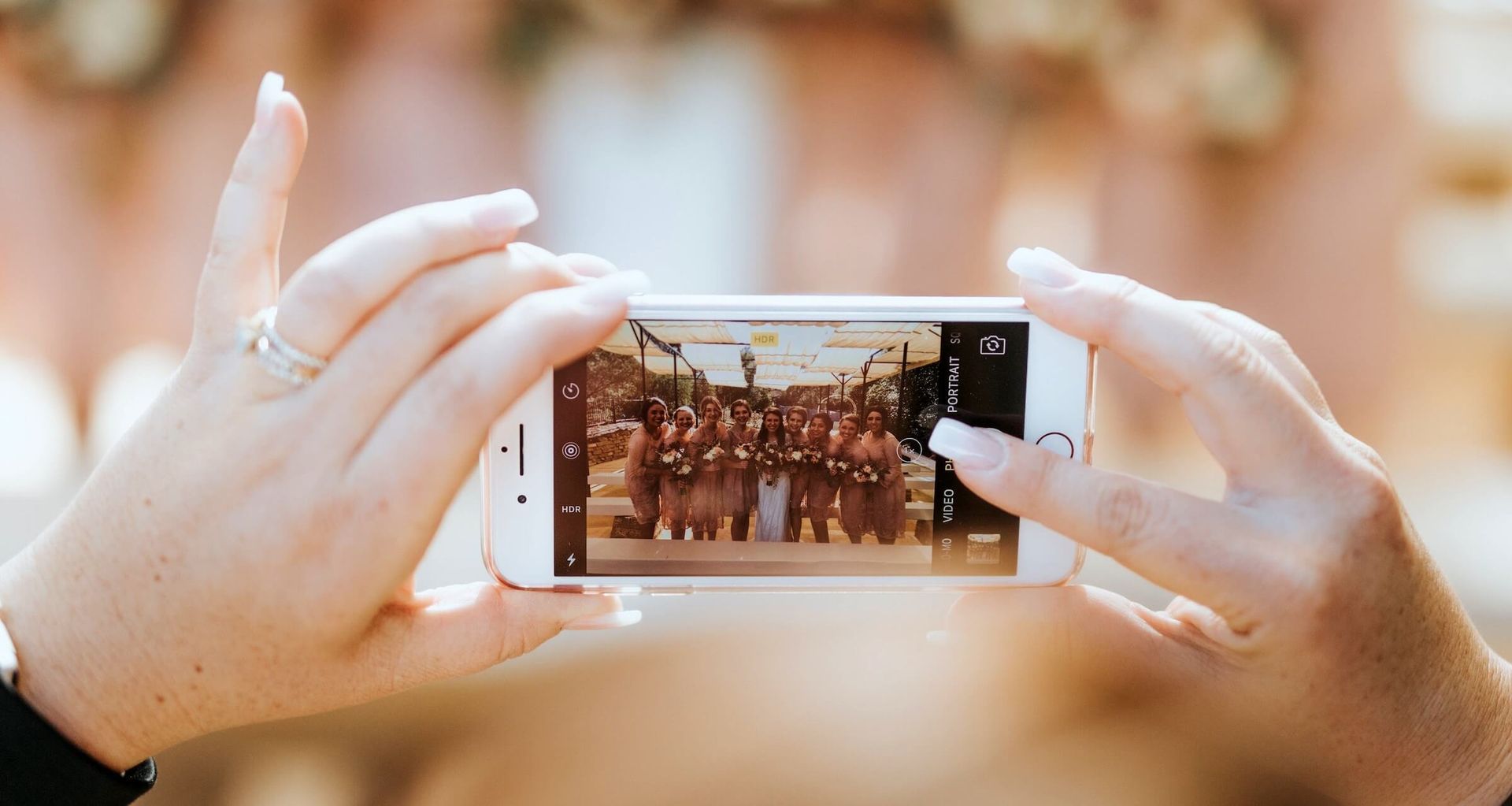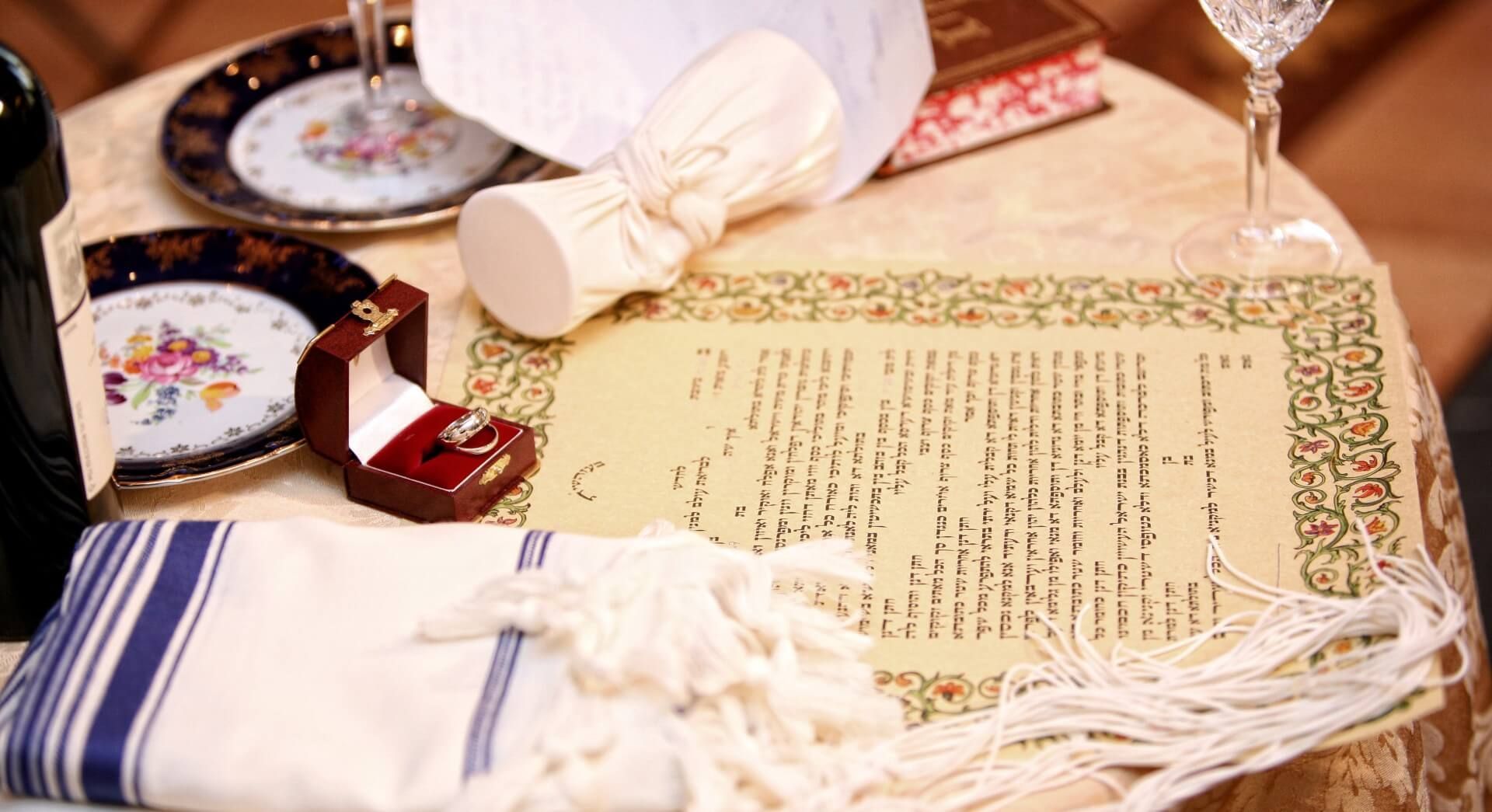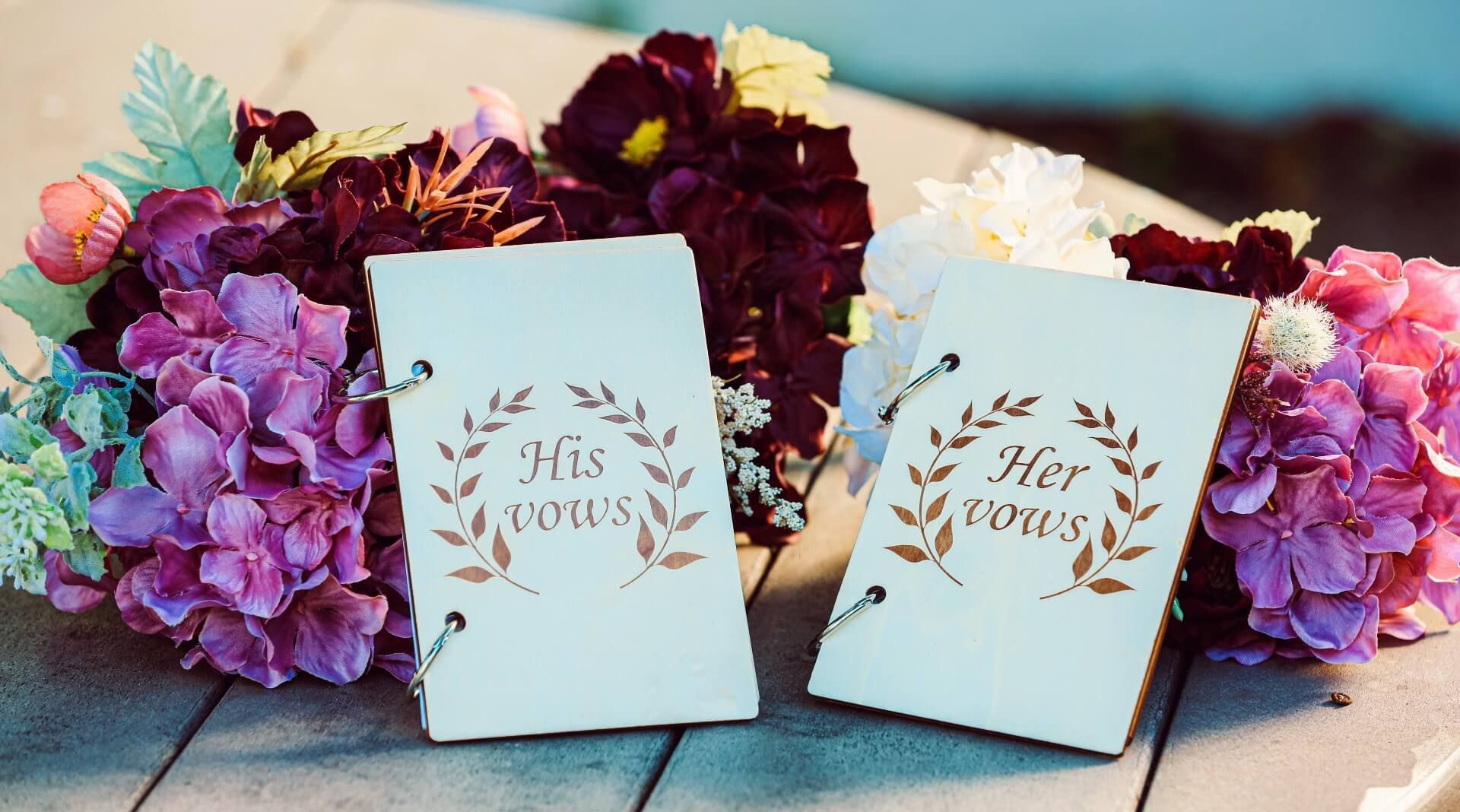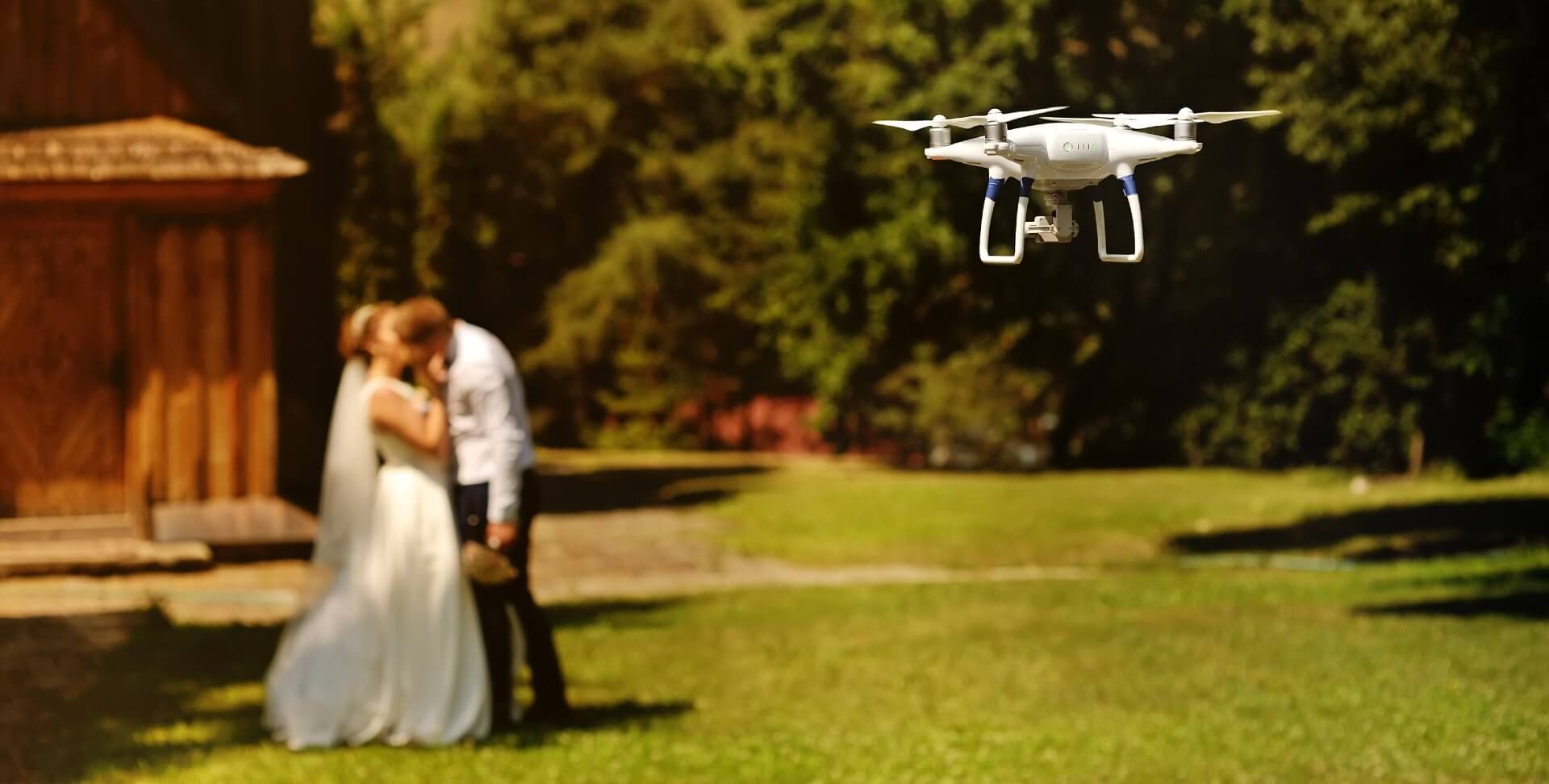Elements of a Jewish Wedding
Tradition, tradition! Follow it for a happy life!

What’s a Jewish wedding?
“Tradition….tradition!!!” sang Tevye in “Fiddler on the Roof.”
ChatuNAH, or CHAseheh. In Jewish life, the most joyful ceremony of all. A Jewish wedding unites a man and woman in marriage. It usually takes place in a synagogue or temple, but as long as the chuppah is present and the ceremony is under a rabbi's or cantor’s supervision, it can be held anywhere. As you can imagine, there are many customs and rituals! This article will explore some of these customs and rituals so you know what to expect if you are attending or will be part of a Jewish wedding ceremony!
The Chuppah
There is no Jewish wedding without a Chuppah. For those who aren’t familiar with the word, it means canopy in Hebrew. The chuppah has taken on many meanings - traditionally, the groom’s providing and protecting the family; the protection of the home the couple will build together, and God’s protection of the family. In the past, chuppot (the plural) were often made from a tallit, the Jewish prayer shawl, but now they are more commonly made from cloth and decorated with flowers, Typically, it is a square, aloft on poles, either held by four persons or stuck in the ground. These days, if a chuppah is unavailable, the couple can be wrapped in a single tallit where the custom first began. Cantor Pincus has suggested this several times. See the photos of this in the website gallery. It’s very sweet and intimate.
The Wedding Contract
In Hebrew, this is called a Ketubah. Before the ceremony, both the bride and groom sign the document, which includes blessings for prosperity and fidelity, as well as the rights that the groom will have over his bride. For more traditional weddings, it’s written in Aramaic, a sister language of Hebrew. It used to be that a ketubah was a legally binding document, signed by several witnesses, that described a groom's "acquisition" of a bride and stated the amount the groom would have to pay the bride in the case of divorce -- a Pre-Nup! In contemporary Jewish life, few couples want to sign a wedding contract in which one spouse "acquires" the other, so the text wording has changed, and changed, and changed! There are a vast variety of Ketubah wordings now available that appeal to every sensibility. Most contemporary ketubot are artfully designed, and couples typically plan to frame them and mount them on a wall in their new home.
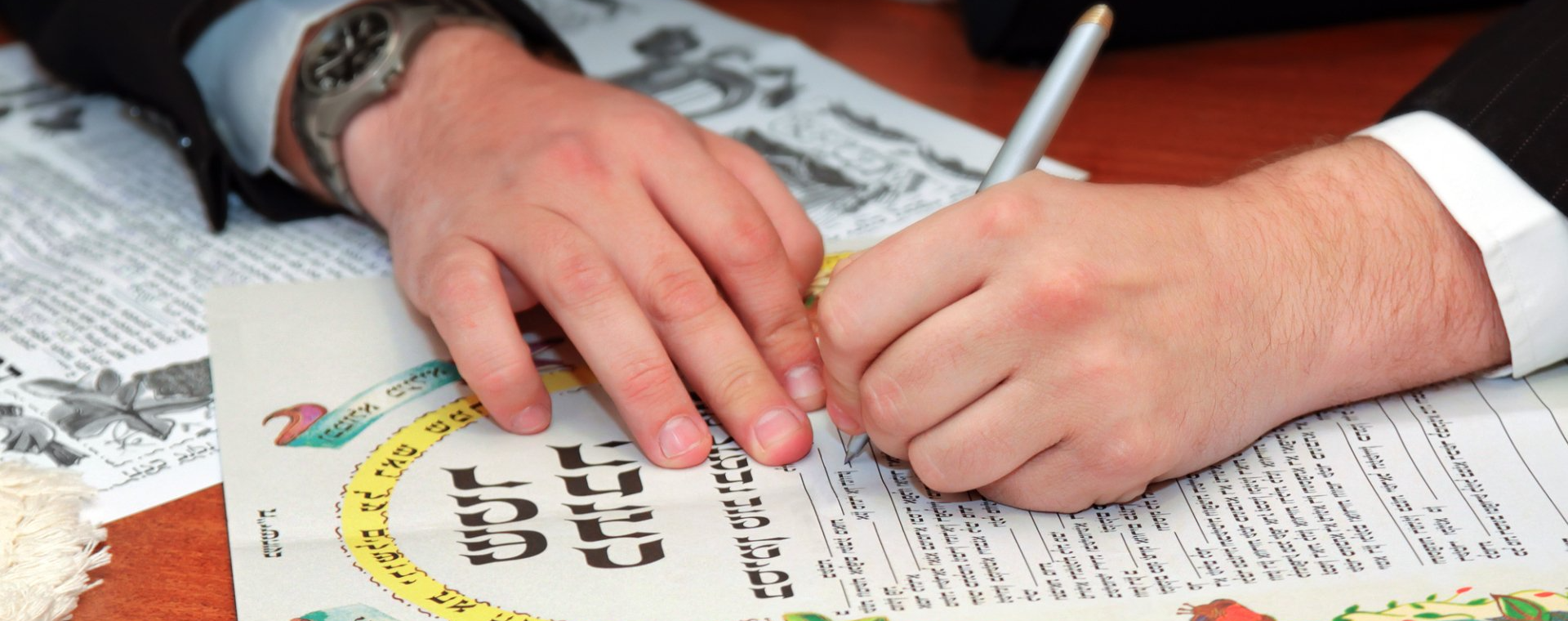
Bedecken (Veiling the Bride)
In a more traditional Jewish wedding, the groom puts a wedding veil on the bride shortly before the ceremony. The veil symbolizes the modesty a Jewish wife is supposed to live by. Traditionally, the groom lifts the veil to actually or symbolically verify that the lady under it is truly who he thinks she is!
First Blessings: the First Cup of Wine and a Blessing of Thanks
A Jewish wedding ceremony generally begins with a blessing of the first of two glasses of wine. In Judaism, wine is a symbol of joy. The rabbi or cantor invites the bride and groom to take a sip from the cup after reciting the wine blessing. Next is a second short blessing, called the shehecheyanu in Hebrew. This blessing conveys gratitude for reaching this special moment.
The Jewish Ring Ceremony
The rabbi or cantor has each partner repeat a short Hebrew phrase, which translates to: “Behold, with this ring, you are made holy to me, according to the laws of Moses and Israel (the Jewish people).” In interfaith weddings, some rabbis or cantors use an alternative version of this formula that replaces the words “according to the laws of Moses and Israel” with “in the eyes of God and humankind”). Another vow, favored by Cantor Pincus, is from the Bible's Song of Songs, “I am my beloved’s, and my beloved is mine.”
Traditionally, the ring is made out of gold with no stones or holes. However, today there are alternatives to that. Many people opt for rings made from silver or other precious metals as well as those with stones.

The Seven Blessings
The ring ceremony marks the conclusion of the first of two parts of the Jewish wedding ritual. Next, Rabbis or cantors traditionally chant or sing seven blessings that express gratitude to God for the joys of love, intimacy, and marriage, for the creation of humanity, few couples want, few couples want, and for the community’s happiness.
Cantor Pincus approaches the Sheva Brachot in several ways. Either first reading them all in English, and then chanting all of them, or chanting the first several, then reading them all in English, and finishing by chanting the last one and then offering the second cup of wine to the couple. The officiant concludes the seven blessings by blessing a second cup of wine and inviting the couple to drink.
The Breaking Of The Glass
Last but not least is the groom breaking a glass underfoot- which symbolizes that even in happiness, one must remember that tragedies scar Jewish history and no one is exempt from trying to make the world a better place.. Traditionally, it was the groom who stomped on the glass. These days, sometimes the bride will, or both of them do it together. Symbolically, as a warning against divorce, the glass is smashed inside a napkin or pouch, the shards to be preserved as a keepsake and warning against “breaking” the marital vows, and ending the marriage. Hey,... it’s a nice custom!
Recessional and Alone Time (Yichud)
Following the glass smashing, guests will shout “Mazel Tov!” (“May you have good fortune!”) and other congratulations. It's at this point that the couple will depart (recessional) and the guests can mingle for some time during the yichud, which means “alone time for the couple.”
Couples who include yichud in their wedding spend some time alone together in a private place right after the ceremony. Taking some time with each other to reflect on the rituals and blessings can be grounding for the couple and give them some special moments together before rejoining the celebration.
The Jewish wedding ceremony includes many unique traditions and customs. It's an opportunity for the couple to celebrate their love and commitment to each other in front of family and friends. Which are your favorite Jewish wedding traditions? Comment and let us know!


